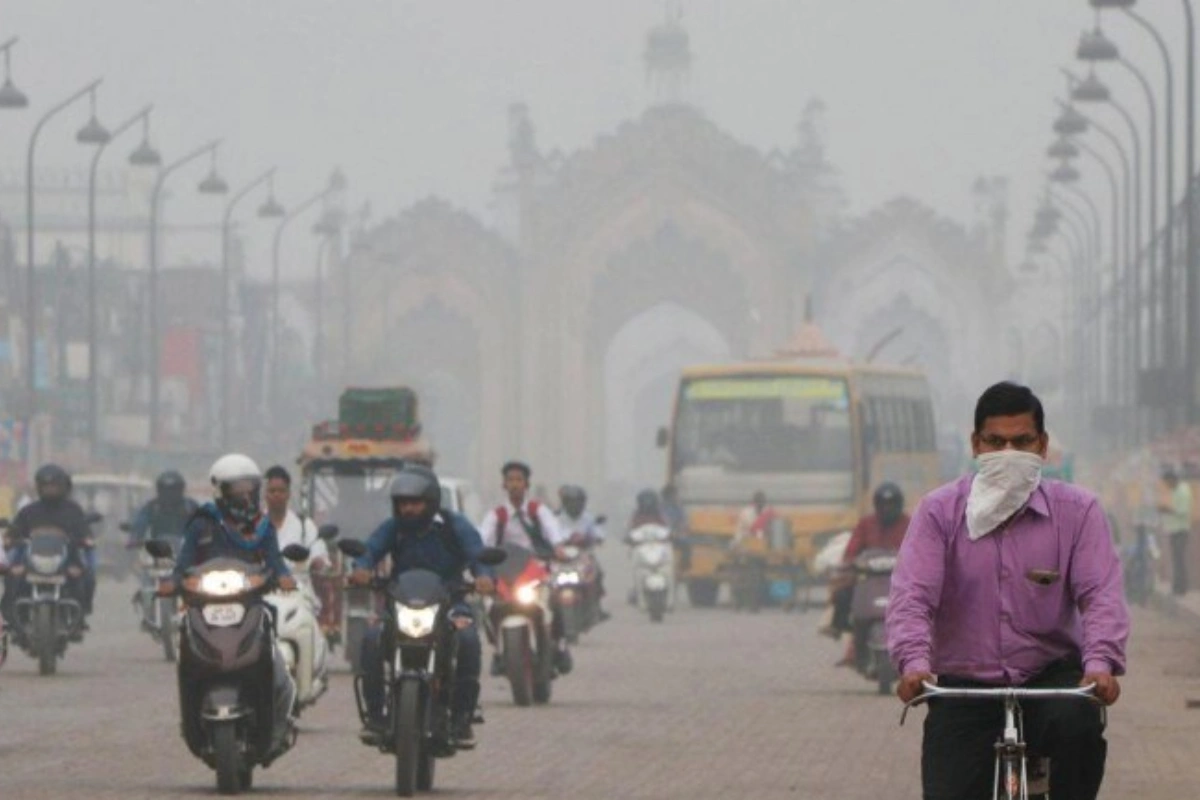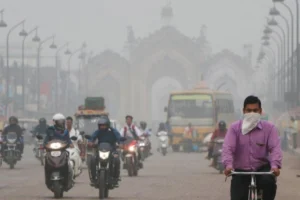
A dense layer of smog continued to engulf Delhi and the National Capital Region (NCR) on Tuesday, with air quality firmly lodged in the ‘very poor’ category.
According to the tracker (aqi.in), Delhi recorded an alarming AQI of 435 at 7:30 AM, underscoring the severity of the ongoing pollution crisis.
Particulate matter concentrations remained significantly above safe limits. At 7:00 AM, PM 2.5 levels reached 294 μg/m³, while PM 10 touched 396 μg/m³.
In comparison, the World Health Organisation (WHO) recommends that 24-hour exposure to PM 2.5 should not exceed 15 μg/m³, and PM 10 should stay below 45 μg/m³, highlighting the stark difference between current readings and global safety standards.
NCR Cities Also Choke Under Pollution
The situation was equally concerning across the wider NCR.
Noida and Greater Noida reported AQI levels of 456 and 455 at 7:34 AM, while Ghaziabad recorded 454.
In Haryana, Faridabad registered 444, with Gurugram at 404, indicating widespread deterioration in regional air quality.
Residents across the region complained of immediate health discomforts, including itchy skin, watery eyes, throat irritation, and aggravated asthma symptoms.
Doctors warn that prolonged exposure may lead to more serious respiratory issues such as wheezing, persistent coughing, chest tightness, and shortness of breath.
In response to the worsening pollution levels, the Commission for Air Quality Management (CAQM) activated GRAP Stage-III restrictions.
These measures are imposed when the AQI ranges between 401 and 450 or is forecast to enter this category.
Stage-III measures include:
- Strict curbs on construction and demolition activities
- Enhanced inspections of industrial emissions
- Traffic regulations to reduce vehicular pollution
- Intensified enforcement across identified hotspots
Authorities urged residents, especially vulnerable groups such as children, the elderly, and people with pre-existing respiratory conditions, to minimise outdoor exposure and use protective masks when stepping outside.
Amid the pollution crisis, speculation has grown regarding the possible influence of volcanic ash from Ethiopia, which recently drifted across the Arabian Sea into North India.
However, experts note that its precise impact on Delhi’s air quality remains uncertain, even as monitoring continues.
As the pollution emergency persists, health experts and authorities emphasise the need for caution, preventive measures, and coordinated action until air quality shows clear improvement.
Also Read: Delhi’s Air Quality Deteriorates As AQI Approaches 400 Across NCR
To read more such news, download Bharat Express news apps


















